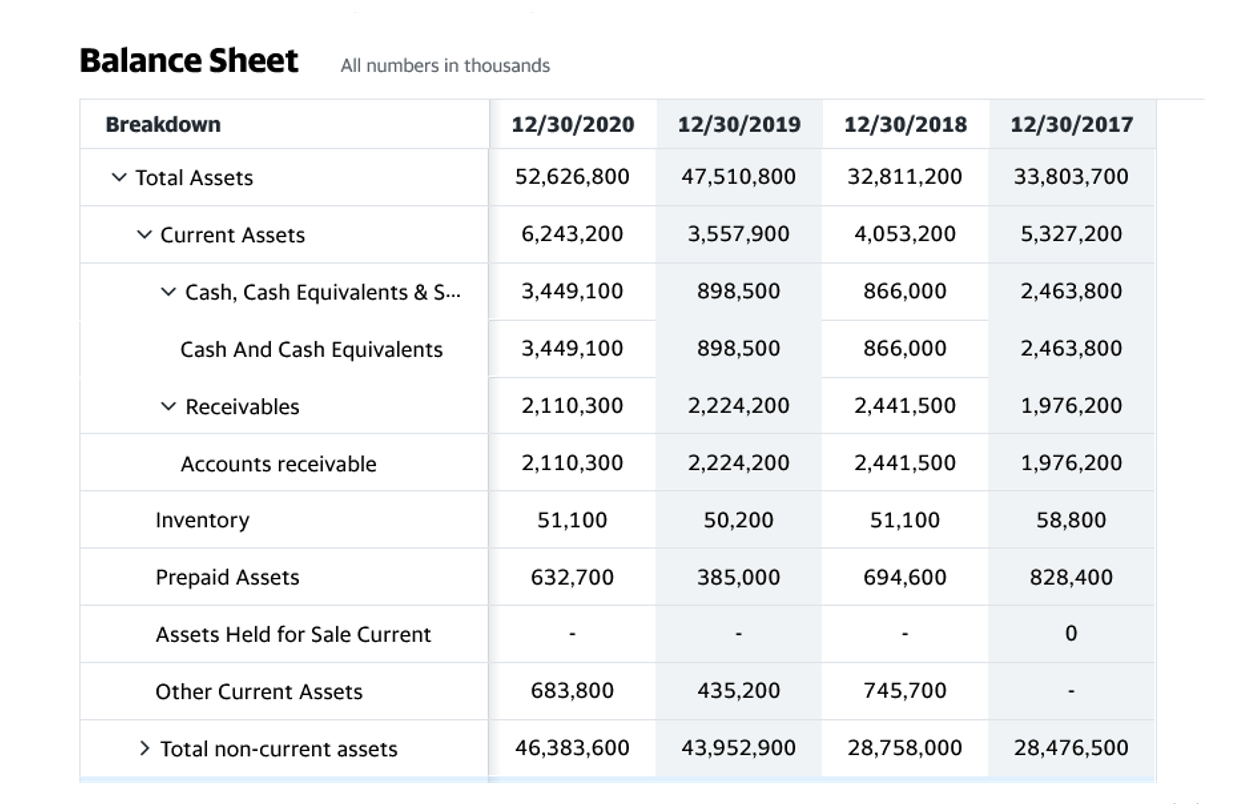
Inventory that a company has in stock is not considered a cash equivalent because it might not be readily converted to cash. Also, the value of inventory is not guaranteed, meaning there’s no certainty in the amount that’ll be received for liquidating the inventory. This formula is used to create financial statements, including the balance sheet, that can be used to find the economic value and net worth of a company. Current liabilities are important because they can be used to determine how well a company is performing by whether or not they can afford to pay their current liabilities with the revenue generated. A company that can’t afford to pay may not be operating at the optimum level.

Assets vs. Liabilities
Depreciation may or may not reflect the fixed asset’s loss of earning power. While cash is easy to value, accountants must periodically reassess the recoverability of inventory and accounts receivable. If there is evidence that a receivable might be uncollectible, it will be classified as impaired. Or if inventory becomes obsolete, companies may have to write off those assets.
What is the approximate value of your cash savings and other investments?
- Now cash is debited for $94, the sales account is credited for $95, and cash over and short is debited for $1.
- Over and short—often called “cash over short”—is an accounting term that signals a discrepancy between a company’s reported figures and its audited figures.
- Ask a question about your financial situation providing as much detail as possible.
- A cash over situation will increase a company’s net income and increase its cash balance in the general ledger.
- You simply add up all of the cash and other assets that you can convert into cash in a year.
- If there is evidence that a receivable might be uncollectible, it will be classified as impaired.
This includes things like cash on hand, investments, accounts receivable, and inventory. Short-term assets are items that a company expects to convert to cash in one year. https://x.com/BooksTimeInc Examples of short-term assets include cash, accounts receivable, and short-term investments. A company’s current liabilities are obligations that are due within one year. Current liabilities are important because they represent the amount of money that a company owes to its creditors.
Formula and Calculation of the Cash Asset Ratio
A controller conducts a monthly review of a petty cash box that should contain a standard cash balance of $200. He finds that the box contains $45 of cash and $135 of receipts, which totals only $180. This cash shortfall is recorded as a debit to the cash over and short account (which is an expense) and a credit to the petty cash or cash account (which is an asset reduction). Short-term assets or securities in investments refer to assets that are held for less than one year. In accounting, the term “current” refers to a short-term asset, which means, expected to be converted into cash in less than one year, or a liability, coming due in less than one year. An examination of the account at this level of detail may show an ongoing pattern of low-level cash theft, which management can act upon.

The cash short/over account is an expense account in the income statement of the business. Tracking Cash Over and Short is an important piece of protecting a company’s most valuable asset, Cash, from theft and misuse. It may seem https://www.bookstime.com/articles/general-ledger-account like a small item to track, but think of it from the point of view of a retail or restaurant chain where millions of dollars pass through the cash registers every day. Every time a register is short, the company’s expenses increase and profits decrease.

Cash and cash equivalents are a group of assets owned by a company. For simplicity, the total value of cash on hand includes items with a similar nature to cash. If a company has cash or cash equivalents, the aggregate of these assets is always shown on the top line of the balance sheet. This is because cash and cash equivalents are current assets, meaning they’re the most liquid of short-term assets.

On the other hand, investors and analysts may also view companies with extremely high current ratios negatively because this could also mean their assets are not being used efficiently. A low cash ratio is not necessarily bad because there might be situations that skew the balance sheets of a company. The cash ratio indicates the capacity of a company to repay its short-term obligations with its cash or near-cash resources. Since this may vary per company, details about these other liquid assets are generally provided in the notes to financial statements. Current assets are typically listed in the balance sheet in the order of liquidity or how quick and easy it is to turn them into cash.

Uses of Current Assets
This includes salaries, inventory purchases, rent, and other operational expenses. This is cash short and over an asset is the most liquid form of current asset, which includes cash on hand, as well as checking or savings accounts. Personal assets can include a home, land, financial securities, jewelry, artwork, gold and silver, or your checking account. Business assets can include such things as motor vehicles, buildings, machinery, equipment, cash, and accounts receivable, as well as intangibles like patents and copyrights.
- The equation for calculating current assets is pretty straightforward.
- It also includes money orders, cashier’s checks, certified checks, and demand deposit accounts.
- The same can be said for current assets, they’re immediate and easily accessible.
- Capital assets can include cash, cash equivalents, and marketable securities as well as manufacturing equipment, production facilities, and storage facilities.
- When she reconciled the petty cash at the end of the month, Julia noted that she had $8 less in her fund than she should have.
- Cash equivalents are extremely low risk assets without meaningful price fluctuations.
- To get a complete picture, you also need to look at things like liabilities and equity.
In case of shortage, the cash over and short is on debit and vice versa. Internal tampering could cause a business to be over and short in its accounting. Usually one individual, called the petty cash custodian or cashier, is responsible for the control of the petty cash fund and documenting the disbursements made from the fund. By assigning the responsibility for the fund to one individual, the company has internal control over the cash in the fund.
